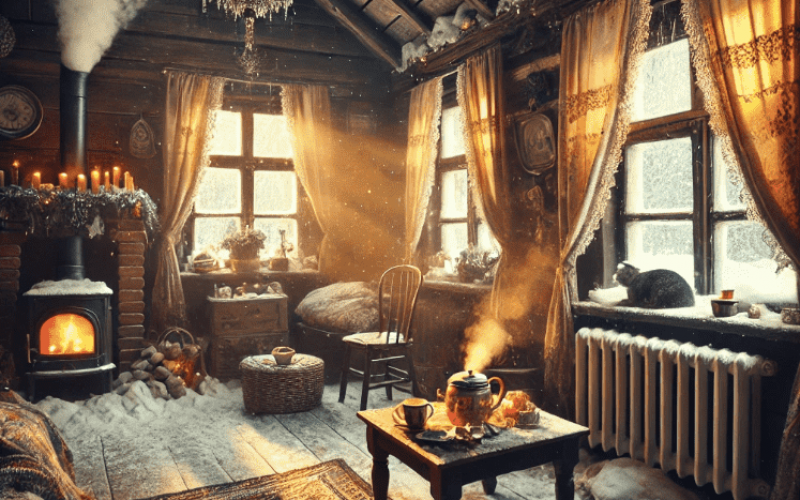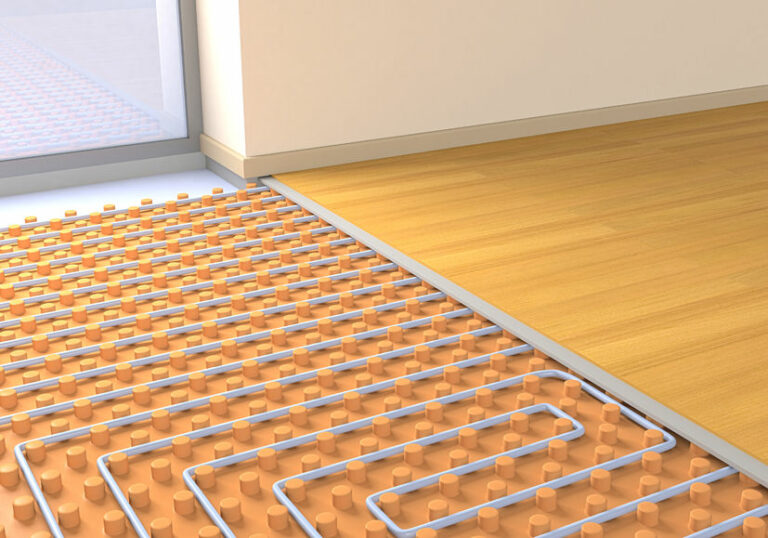Making an old house warmer involves a combination of improving insulation, sealing drafts, optimizing heating systems, and adopting simple lifestyle changes.
make an old house warmer
Here’s a comprehensive guide to help you enhance the warmth and energy efficiency of your home:
1. Seal Drafts and Air Leaks
Identify and seal gaps around windows, doors, and other openings where warm air can escape and cold air can enter. Use weatherstripping, caulk, or foam sealants to address these leaks. Pay special attention to areas around pipes, vents, and electrical outlets.
2. Insulate the Attic and Roof
A significant amount of heat loss occurs through the roof. Properly insulating the attic can help retain warmth. Use materials like rigid foam insulation boards between roof rafters to improve thermal efficiency.
3. Upgrade Windows
Single-pane windows common in older homes are less efficient. Consider installing double-glazed windows or adding storm window inserts to reduce heat loss. For a cost-effective alternative, apply window insulation film to create a barrier against cold air.
4. Install Heavy Curtains
Thick, thermal curtains can significantly reduce heat loss through windows. Ensure they are drawn closed during the evening to retain warmth and opened during sunny days to allow natural heat in.
5. Use Door Draught Excluders
Prevent cold air from entering under doors by using draught excluders. These can be simple DIY solutions like rolled-up towels or specially designed products.
6. Insulate Floors
Uninsulated floors can lead to significant heat loss. Adding rugs or carpets can provide an extra layer of insulation and warmth underfoot.
7. Optimize Heating Systems
Ensure your heating system is operating efficiently by having it serviced regularly. Bleeding radiators and desludging systems can improve performance. If your boiler is outdated, consider upgrading to a more efficient model.
8. Utilize Ceiling Fans
Set ceiling fans to rotate clockwise at a low speed during winter. This helps to circulate warm air that rises to the ceiling back down into the living space.
9. Add Humidity
Humid air feels warmer than dry air. Using a humidifier or incorporating houseplants can increase indoor humidity, making your home feel warmer.
10. Rearrange Furniture
Ensure that furniture is not blocking radiators or heating vents. This allows for better heat distribution throughout the room.
11. Install Radiator Reflectors
Placing reflective panels behind radiators can direct heat back into the room instead of allowing it to escape through external walls.
12. Insulate Pipes and Hot Water Tanks
Lagging pipes and insulating hot water cylinders can reduce heat loss, ensuring water stays hotter for longer and reducing energy consumption.
By implementing these measures, you can enhance the warmth of your old house, improve energy efficiency, and potentially reduce heating costs.





